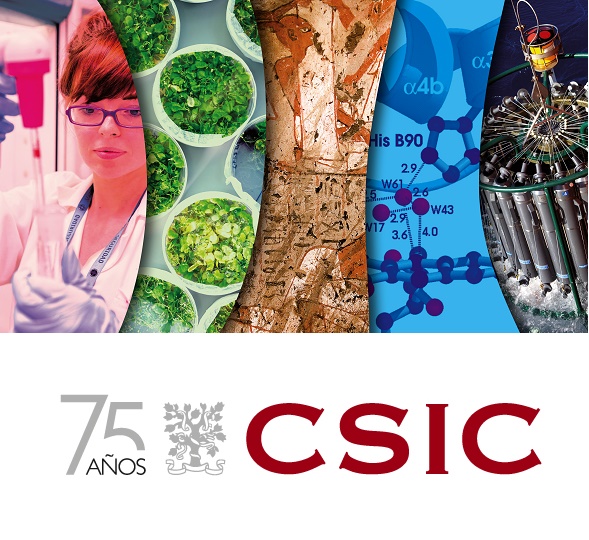
How does a caterpillar transform into a butterfly? That is a question that has fascinated man since the ancient times. This lecture covers this subject and starts by taking a look at how the phenomenon has been interpreted by different cultures in different ages, from the most ancient civilisations (such as the Egyptians and the Greeks) up until modern times. The metamorphosis of insects presents two models, the hemimetabolous (or gradual) model, where the nymphs markedly resemble the adults and grow progressively, and the holometabolous (or sudden) model, in which the larvae bear little resemblance to the adults and then, at the end of their juvenile stage, suddenly transform into a pupa and then into an adult. With one million species described, more than half of the species in the biosphere are insects, and 80% of these are species with holometobolous metamorphosis. Or rather, between 45% and 60% of all the species in the world are insects that feature this type of metamorphosis. Discovering how holometabolous metamorphosis has evolved (and which has given rise to the wonderful biodiversity we know today) is one of the great puzzles facing entomologists today.
Cycle: 75th anniversary of CSIC - “Science today for a better tomorrow”
Organized by: Residence for Researchers CSIC-Generalitat of Catalonia